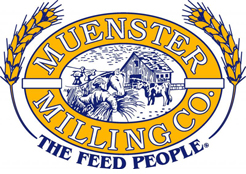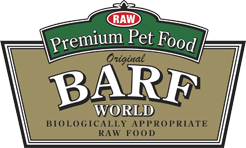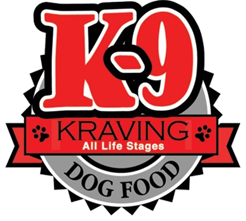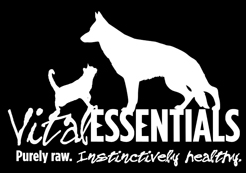 Quality of protein gets little attention. Do you realize that it is possible for a diet that is 17% protein to be more nutritious than one that is 28% protein? The average pet owner thinks the higher the protein of a diet the better. This is not true at all. If the Dodgers had played the Padres and I told you the score of the ball game was 5, and said no more, you’d think me quite stupid. The final score of a ball game involves two numbers, and one number is not enough information. It is exactly the same thing regarding the protein in a diet. To know the amount of protein in a dog food is not enough information. There is a second number you must have to properly understand a diet’s value. Besides the amount of protein in a diet, you must also know the quality of the protein.
Quality of protein gets little attention. Do you realize that it is possible for a diet that is 17% protein to be more nutritious than one that is 28% protein? The average pet owner thinks the higher the protein of a diet the better. This is not true at all. If the Dodgers had played the Padres and I told you the score of the ball game was 5, and said no more, you’d think me quite stupid. The final score of a ball game involves two numbers, and one number is not enough information. It is exactly the same thing regarding the protein in a diet. To know the amount of protein in a dog food is not enough information. There is a second number you must have to properly understand a diet’s value. Besides the amount of protein in a diet, you must also know the quality of the protein.
The quality of a protein can vary widely. This is because proteins are made from small molecules called amino acids. When building a protein, nature has twenty principle amino acids to choose from to make all proteins. Some can be synthesized by mammalian metabolism, while others must be provided in the diet because animals can’t make them for themselves. Thus, amino acids are divided into two types, essential (must be in the diet) or nonessential (can be made by mammals from other nutrients in the diet). The quality of a protein is determined by the level of the valuable essential amino acids it contains. If a diet is deficient in one essential amino acid, it does no good to add more protein unless it increases the deficient essential amino acid. The protein of egg is very high quality, because it contains a high level of essential amino acids. As a matter of fact, it is probably the best protein there is. This makes sense, as an egg must become and entire creature, with no additional input from anywhere. Milk protein is another high quality protein, as nature intends it as the only source of protein for a growing mammal. Meat and fish are high quality proteins. As a general rule, animal proteins are higher quality than plant proteins. A diet that is 17% protein from egg will is better nutrition than a 28% protein diet that derives all its protein from beans.
It is possible to design an adequate diet using plant proteins, but it requires a full understanding of each plant protein’s amino acid content, and a careful blending to assure sufficient biologic value. Said another way, a diet of all plant protein is much improved in nutrition if a little animal protein is included.
You can’t un-fry an egg. Protein can be damaged in harvest or handling, yet not appear different in standard laboratory tests. Protein content will be identical in an egg before and after it is fried. And its nutrition will be essentially the same. But meat and bone meal often undergoes such a rigorous manufacturing process that nutrition does suffer compared to the fresh raw meat and bone it came from. Heat can irreversibly alter a proteins structure, sometimes lowering its nutritive value.







Great article, but I thought that the application of heat to proteins changed their structure making it difficult for digestive enzymes to recognize this aberrant protein and that this was the basis of the digestive leucocytosis seen in people eating cooked foods. The change in structure of the whole egg is clear when you compare the cooked egg (solid) to the raw egg (liquid with translucent albumen instead of the cooked white albumen). Is this due to the changes in the protein and fat and any other constituents in the egg?